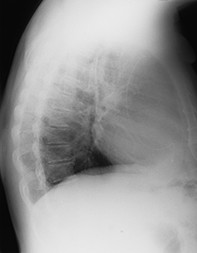Peer Reviewed
Feature Article Cardiovascular medicine
Investigating the patient with cardiac failure
Abstract
Cardiac failure is a symptom complex, not a disease. This article describes the investigations used to confirm a clinical diagnosis, identify the cause and precipitating factors, and monitor a patient’s progress. Newer investigations, including measurement of plasma B-type natriuretic peptide levels (BNP), are discussed.
Key Points
- A chest x-ray is the investigation of choice to confirm a clinical impression of cardiac failure.
- The cardiothoracic ratio is a valuable parameter for estimating the size of the heart. Echocardiography has become the investigative tool of choice for assessing the thickness and function of ventricular walls and the dimensions of individual chambers.
- Ageing has a greater impact on diastolic than systolic function, and diastolic cardiac failure becomes more common with increasing age.
- Measurement of plasma B-type natriuretic peptide (BNP) may prove to be the long awaited ‘blood test’ for the diagnosis and management of heart failure.
- Echocardiography is one of the few investigations that can enable an initial assessment of ventricular systolic and diastolic function to be made and provide helpful information for establishing the cause and determining prognosis.
- For a patient with known cardiac failure, serial monitoring of renal function and potassium is essential.
Purchase the PDF version of this article
Already a subscriber? Login here.

